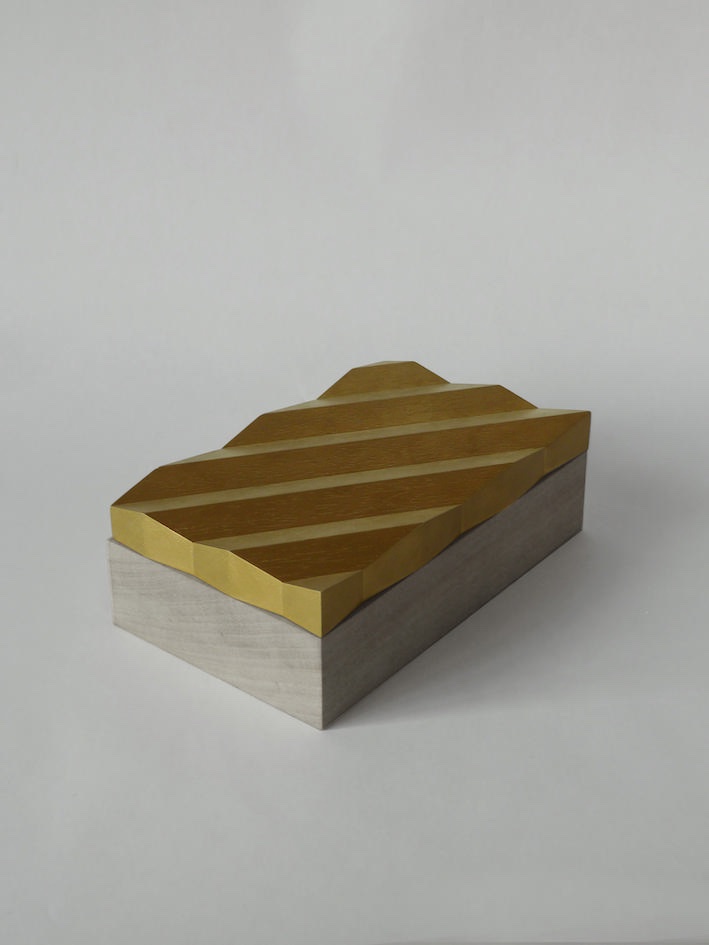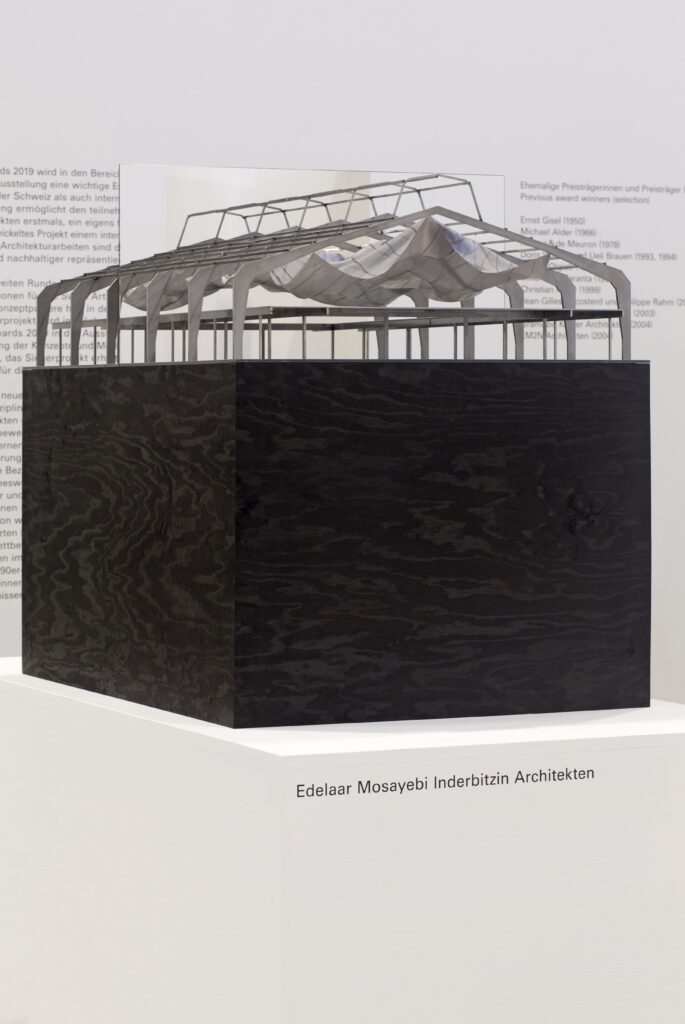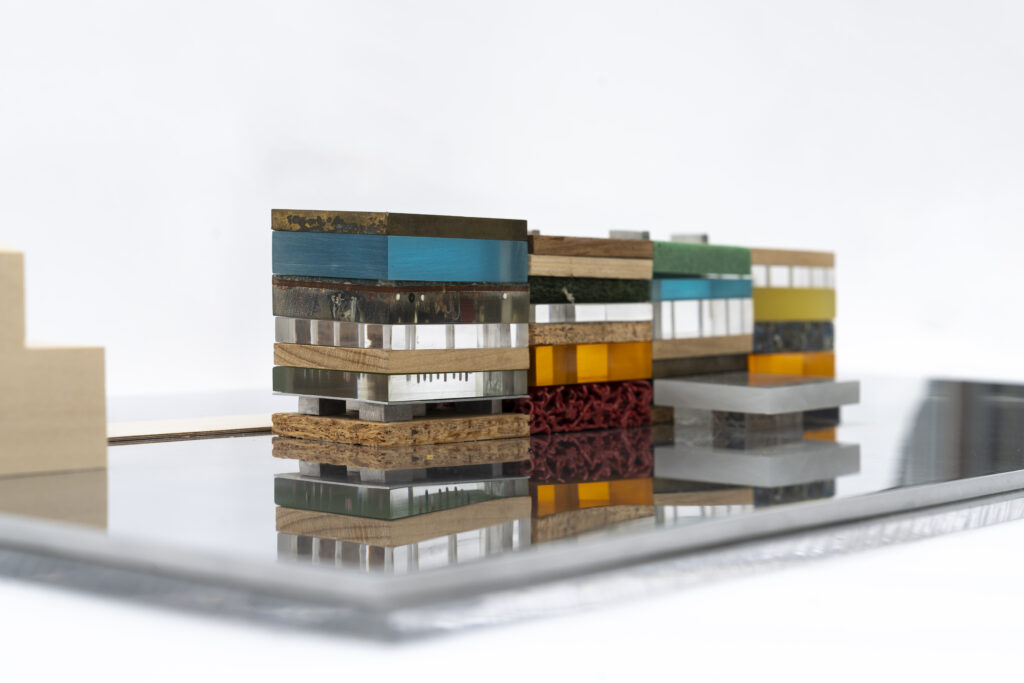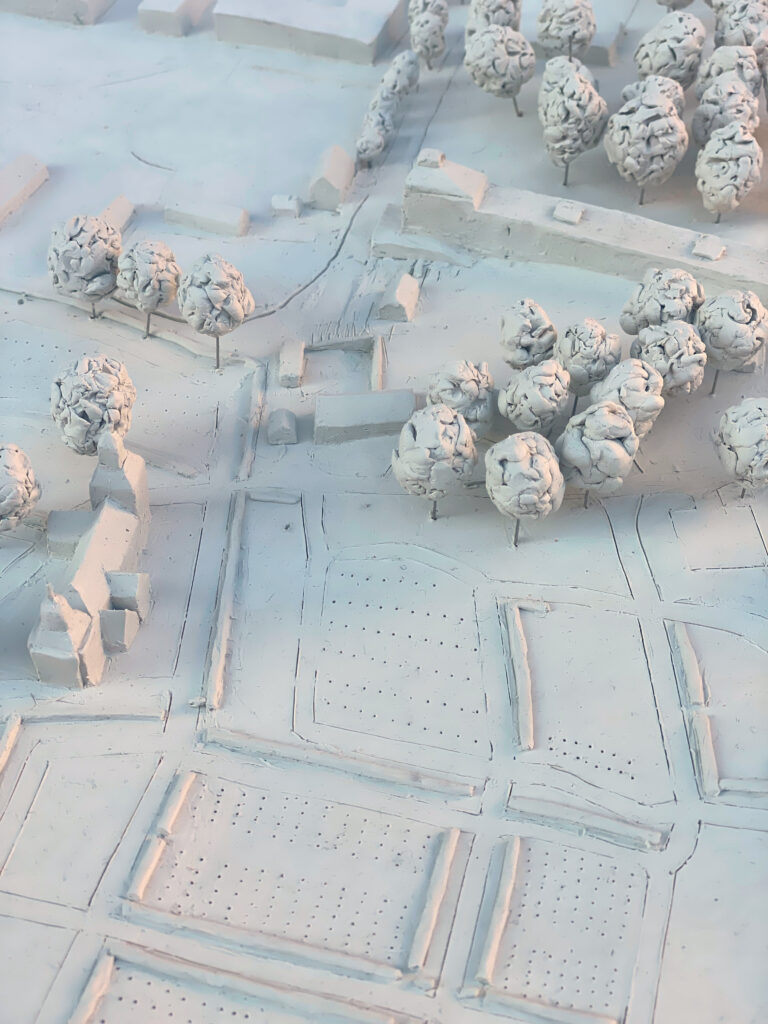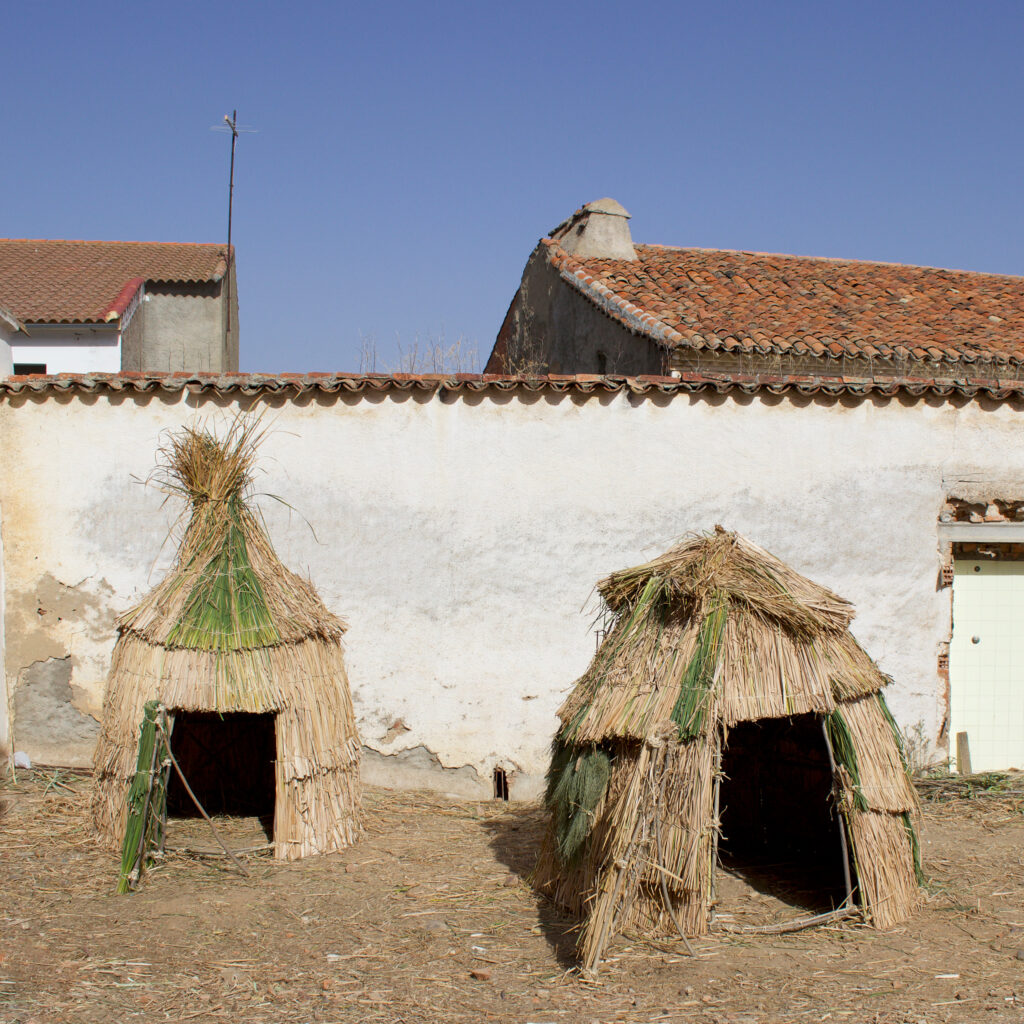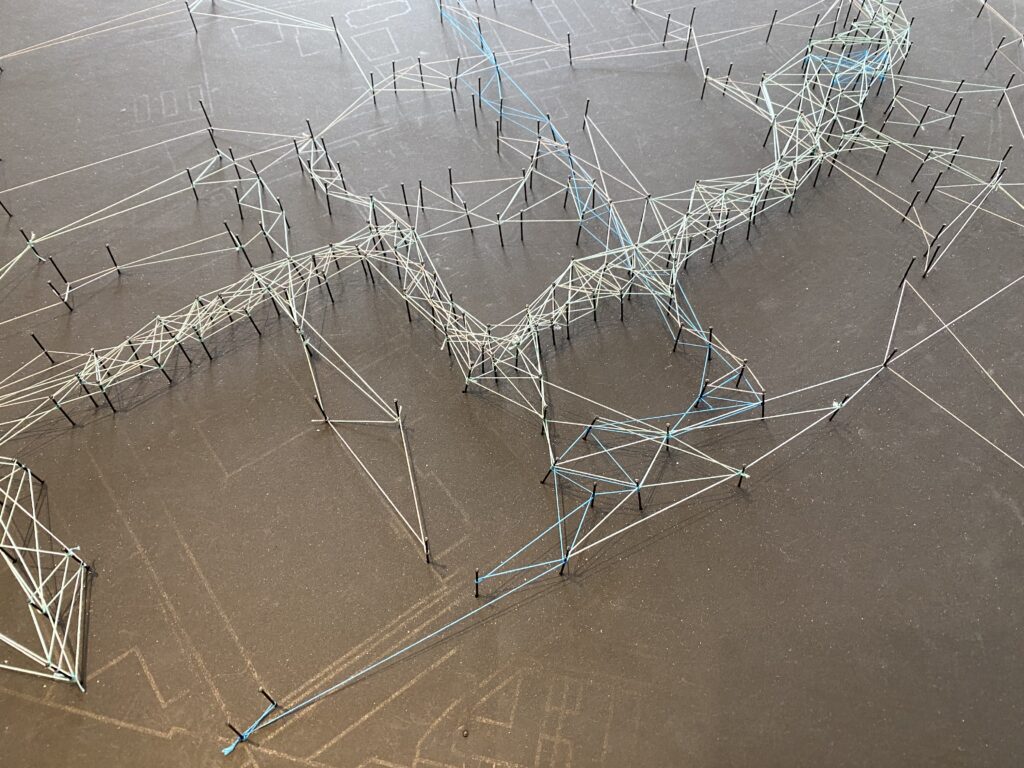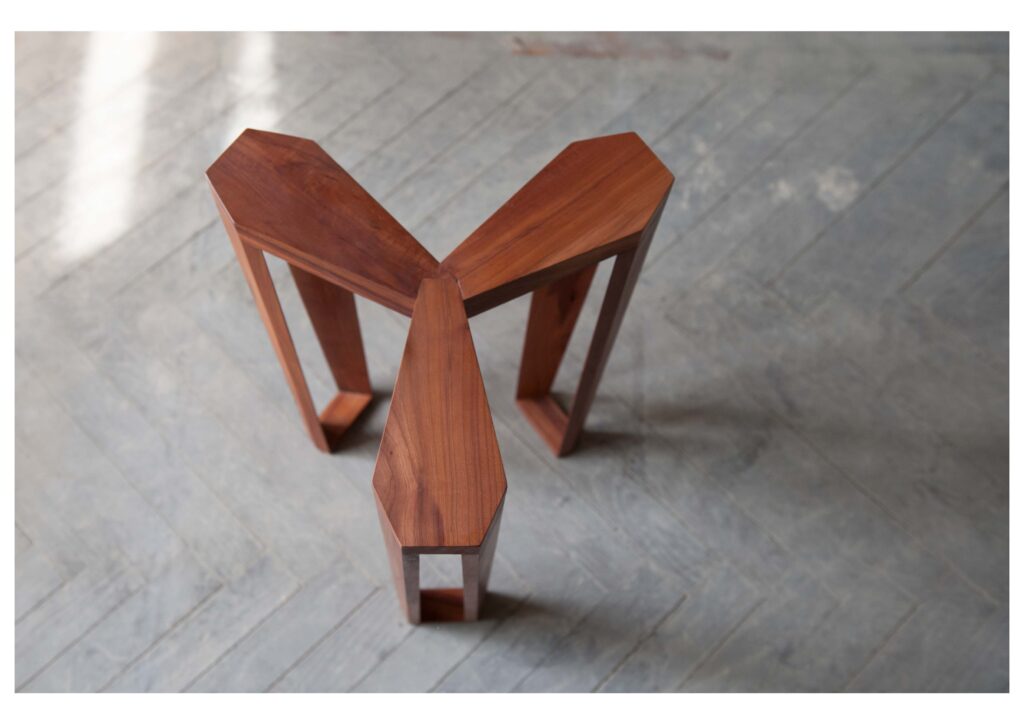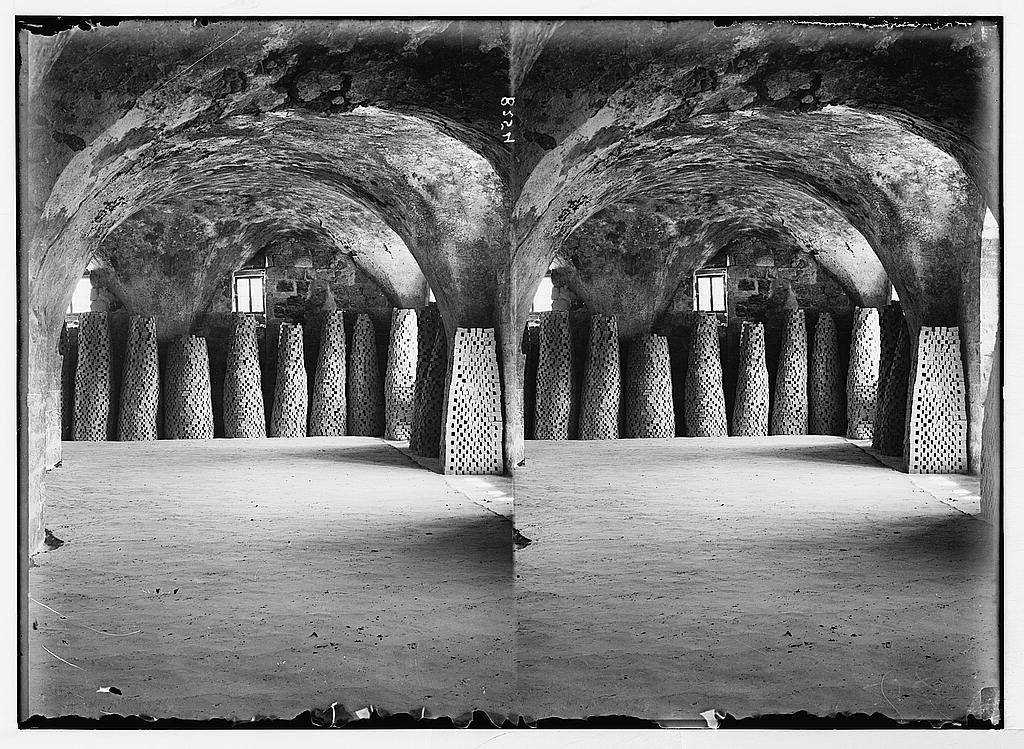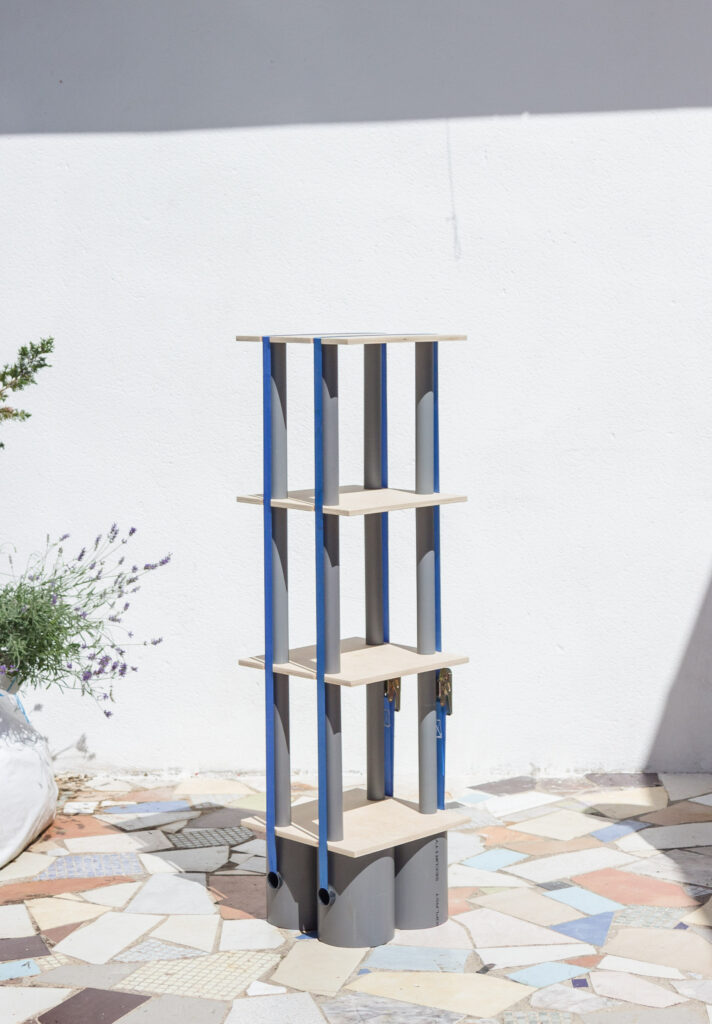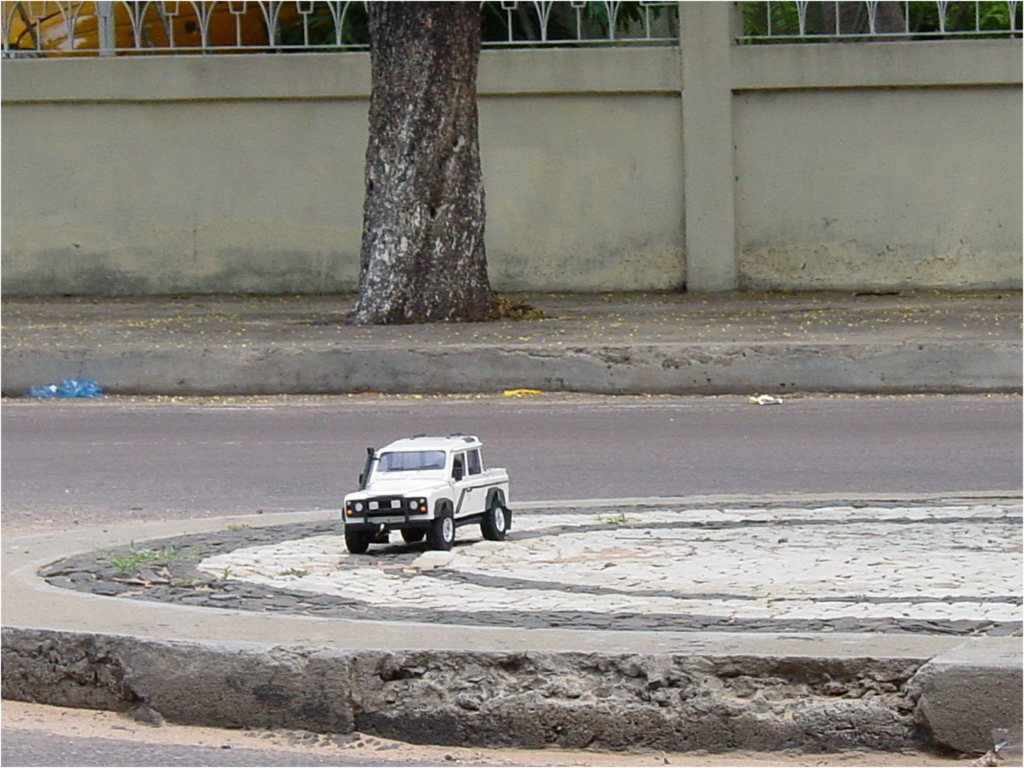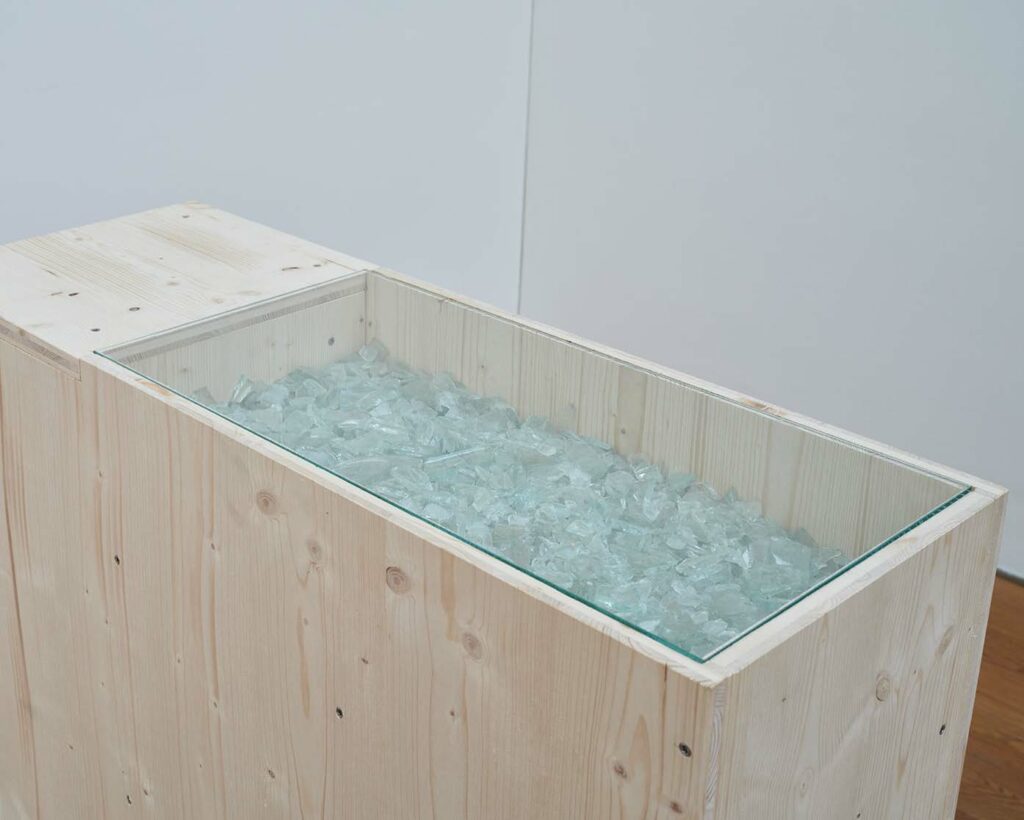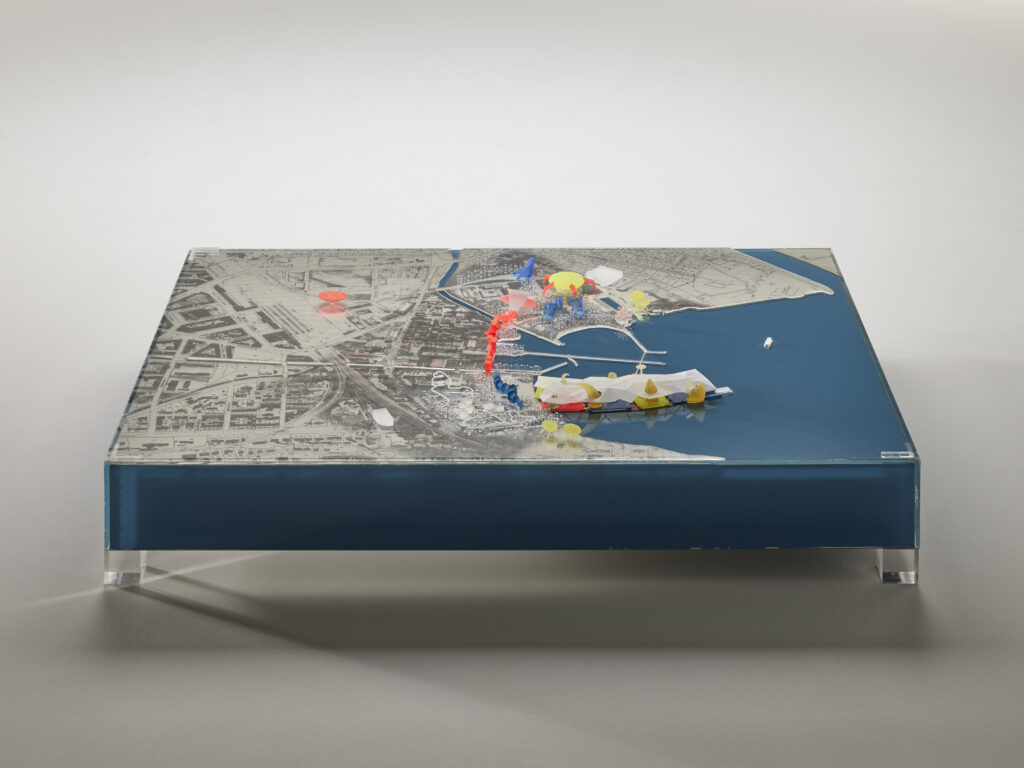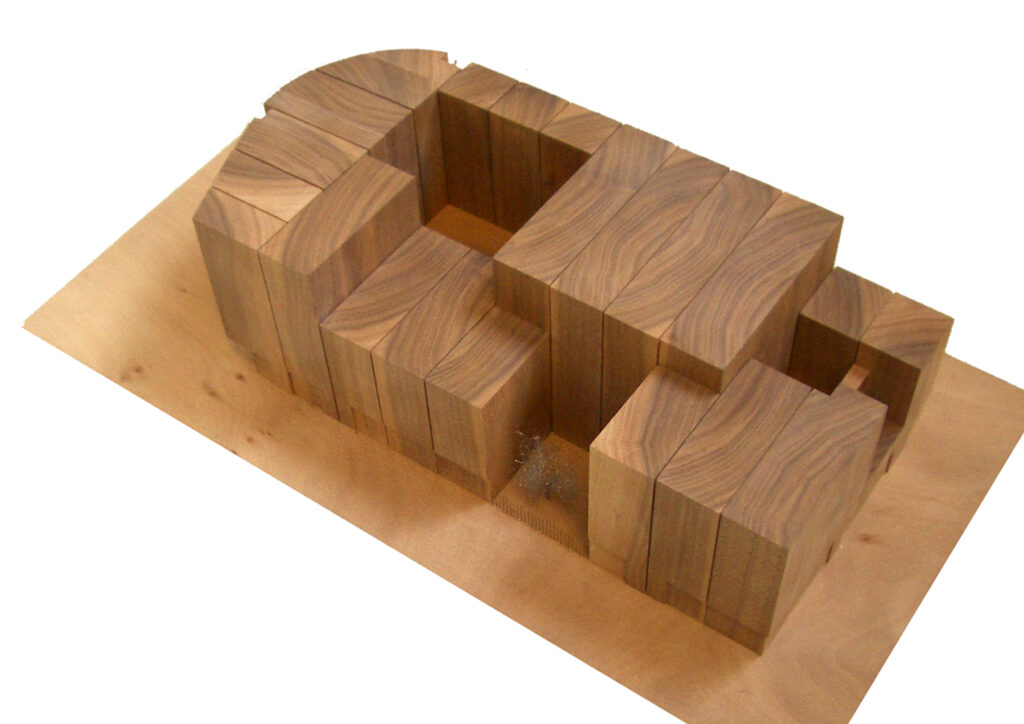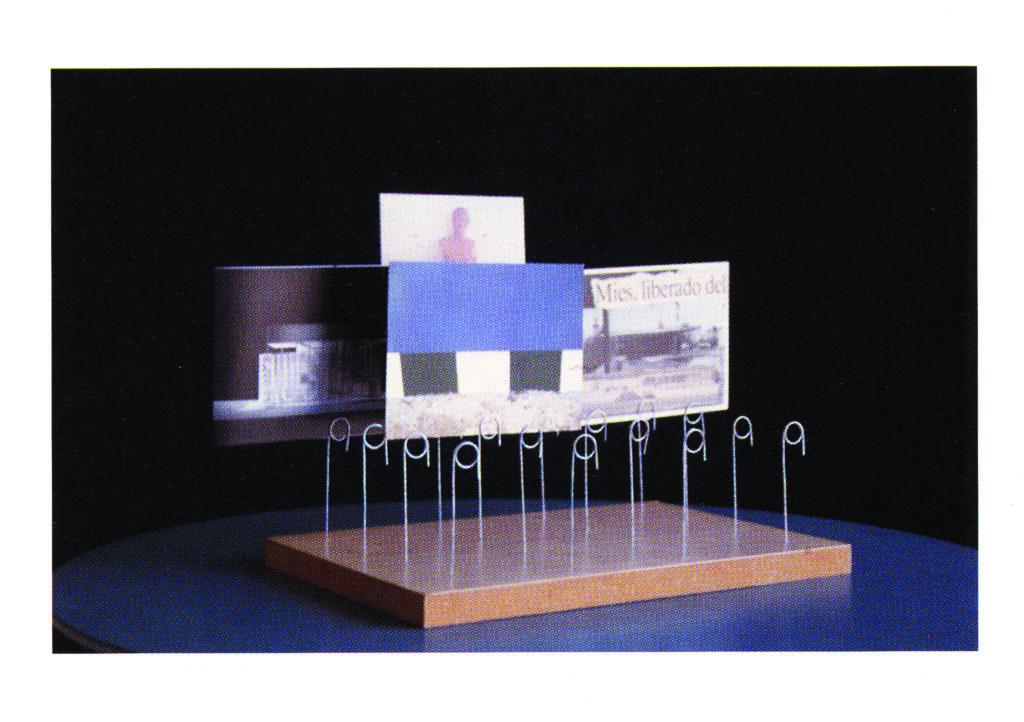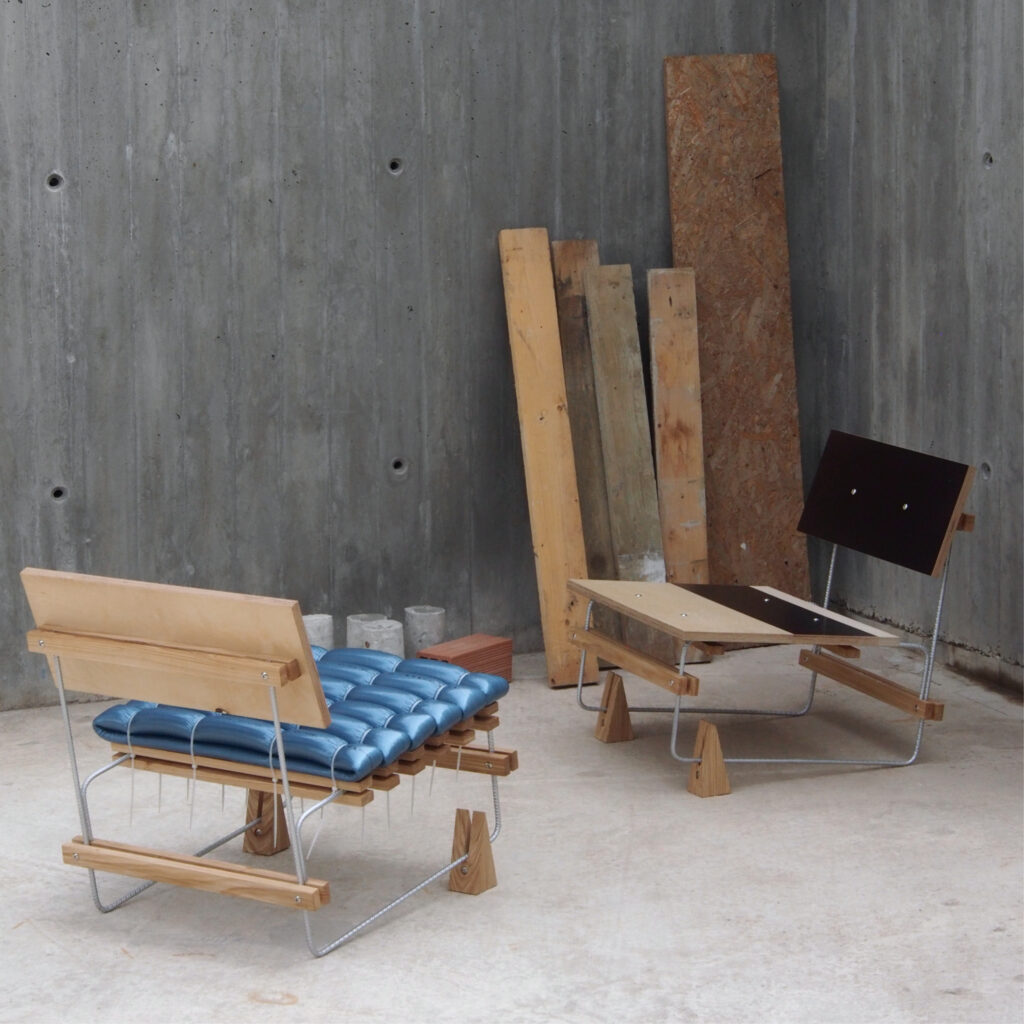Exhibition
Model
TACK Exhibition Object
Bed Chamber
Bed Chamber is a work from series Recreation Areas: 1:100 miniatures of islands that mimic or suggest a place. Recreation Areas are objects of power and models to believe. They are substitutes for places and non-places full of fantasy and memories. They can balance your life in turbulent times.
U5 Collective
Exhibition
Model
TACK Exhibition Object
View
Bed Chamber
U5 Collective

© TACK
Bed Chamber is a work from series Recreation Areas: 1:100 miniatures of islands that mimic or suggest a place. Recreation Areas are objects of power and models to believe. They are substitutes for places and non-places full of fantasy and memories. They can balance your life in turbulent times.

